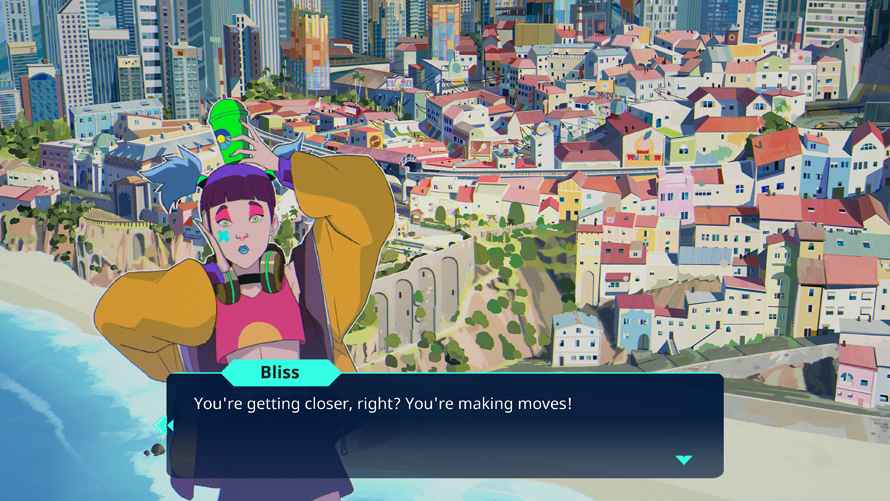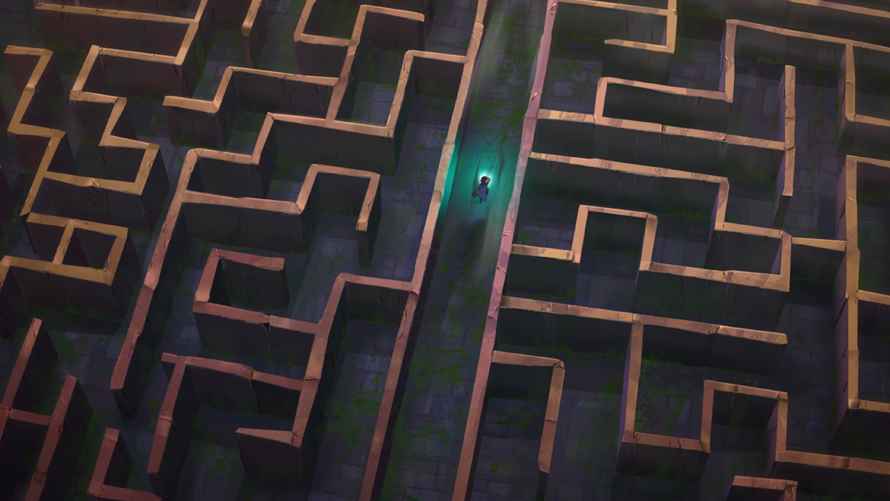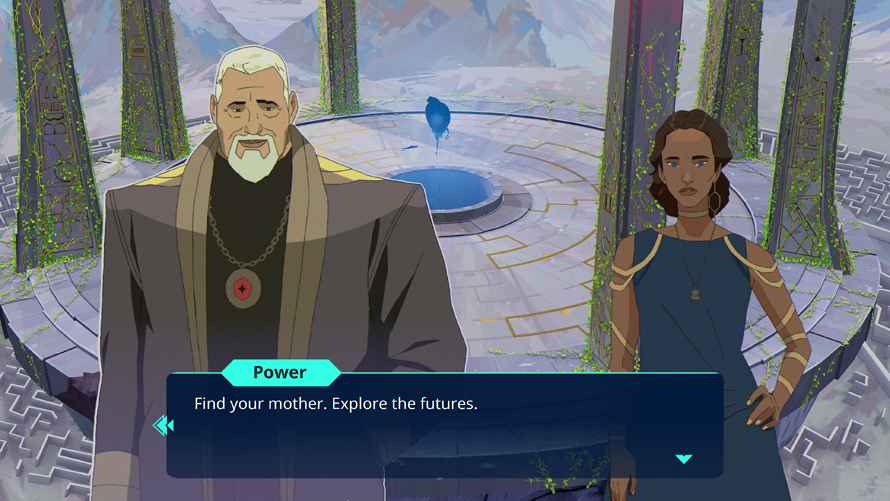Harmony: The Fall of Reverie Preview
Developer Don’t Nod has a reputation for excellent character and narrative-driven games, including Life is Strange and its sequel. Edging closer to the visual novel genre, Harmony: The Fall of Reverie has a unique and psychologically driven story that I can’t talk much about. In part, because I don’t want to spoil it. But also, because I’ve only seen a slice of the game and its narrative.
Story to the Fore
While Life is Strange leaned heavily into its narrative and characters, it also had quite a few traditional gameplay elements. Harmony: The Fall of Reverie is about player choices and their outcomes. It’s engaging, but not participatory. Still, decisions have real consequences.
The essence of Harmony: The Fall of Reverie’s story is a rather profound mediation on the fate and direction of our world. Polly returns to her hometown of Atina to investigate the mysterious disappearance of her mother. Soon after, she finds herself in an alternative dimension world called Reverie, where she is known as Harmony. In Reverie, six characters — called “aspirations” — are vying for power and to save the failing land. Glory, Bliss, Power, Chaos, Bond, and Truth are the aspirations and they represent ways in which forces control a culture.

In the real world, Polly is searching for clues to what happened to her mother, while fighting the influence of a megacorporation called MK. Polly’s world — like Reverie — is failing too, overcome by apathy, distractions, technology, corporate greed, and lack of truth. Aside from the mystery that Polly must solve, her actions in the real world — called the Brittle by those in Reverie — impact Reverie and vice versa.
Web of Choices
Although Harmony: The Fall of Reverie sounds like a clever and maybe heavy-handed rebuke of the contemporary world, it’s more subtle than that, with writing that’s skillful and potent. While Polly is searching for her mother, a great deal of her time is spent reflecting on their often troubled relationship and finding closure with events of the past. A trigger warning reminds us that there may be some uncomfortable scenes of family conflict.

At the heart of Harmony is choice. Before every scene, the player selects the direction of the next segment from the Augury, a web of decisions that cannot be undone. Hovering over the narrative branches gives a hint of what’s to come, and past actions. Some choices earn crystals that open up blocked paths. I haven’t seen how it all plays out. The many choices definitely invite multiple playthroughs.
Static Energy
Consisting of static 2D character models with elements of animation over hand-painted backgrounds, Harmony: The Fall of Reverie looks beautiful. Reverie and the Brittle are both colorful and artistic but look entirely different. A gentle, synth-based score supports the art. As in many visual novels, actors read dialogue while descriptions are text only. The well-written script is supported by excellent voice work.

Both Harmony: The Fall of Reverie’s themes and presentation, look, at least on the surface, more esoteric and cerebral than they actually are. The game represents ideas like Bliss, Power, Chaos, and Harmony as living characters instead of abstractions. Best of all, they exist as supporting players in a more intimate narrative of family history and emotional struggle. I’m looking forward to playing out Harmony’s entire story when the game releases on June 8, 2023.

